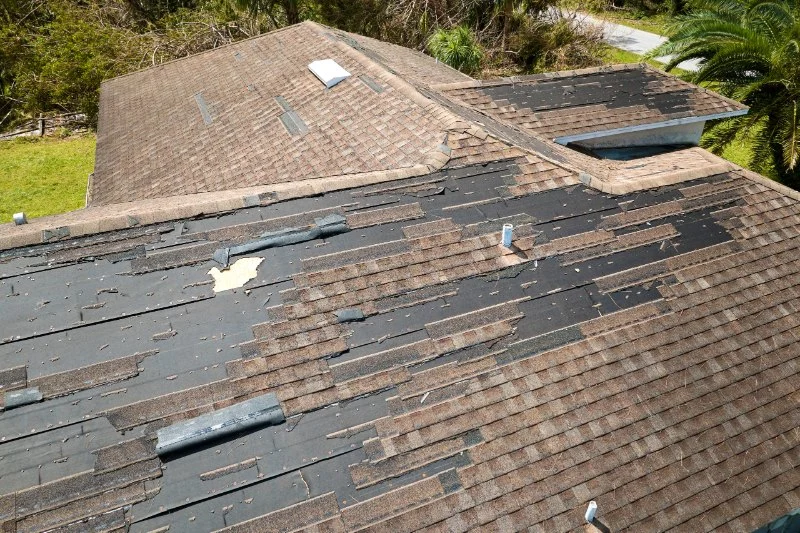
How to Identify and Repair Roof Damage from Air Pollution
- 1. Introduction to Roof Damage from Air Pollution
- 2. Signs of Roof Damage Caused by Air Pollution
- 3. How to Repair Roof Damage from Air Pollution
- 4. Preventing Future Roof Damage from Air Pollution
- 5. When to Seek Professional Roof Repair Services
1. Introduction to Roof Damage from Air Pollution
Over time, environmental factors such as air pollution can significantly affect the condition of your roof. Pollutants like soot, smog, and industrial emissions settle on rooftops, breaking down materials and causing long-term damage. In regions with high levels of pollution, roof damage can be a serious concern for homeowners. The good news is that identifying these issues early on can save you time and money on repairs. Let’s explore how to identify and repair roof damage caused by air pollution.
2. Signs of Roof Damage Caused by Air Pollution
Pollutants in the air don’t just affect the aesthetics of your roof; they can cause lasting structural damage. Here are some common signs of roof damage caused by air pollution:
- Discoloration: Airborne pollutants can cause stains or a yellowish tint to your roof. Over time, this discoloration can become permanent, particularly on light-colored roofs.
- Corrosion: Metals on your roof, such as flashing or gutters, can begin to corrode due to the acidic nature of pollutants like sulfur dioxide and nitrogen oxides.
- Cracks or Degradation: Exposure to chemicals and smog can cause the shingles or tiles to weaken, leading to cracks, brittleness, or even complete degradation of roofing materials.
- Moss and Mold Growth: Polluted air can trap moisture on your roof, leading to mold, mildew, or moss growth, especially in shaded areas. This can compromise the roof’s integrity.
- Accumulation of Debris: Soot, ash, and other particles from the air can accumulate on the roof surface, preventing proper drainage and causing additional wear over time.
3. How to Repair Roof Damage from Air Pollution
Addressing roof damage caused by air pollution may seem daunting, but with the right approach, it’s entirely manageable. Here’s how to repair it:
- Clean the Roof: Begin by removing any accumulated debris, soot, or grime from the roof’s surface. Use a gentle cleaning solution to avoid damaging the materials. A pressure washer can be useful, but use it cautiously to avoid loosening shingles or tiles.
- Inspect for Damage: After cleaning, thoroughly inspect your roof for cracks, missing shingles, or signs of corrosion. Pay special attention to the metal areas, such as flashing, which are often most affected by pollution.
- Seal Cracks and Leaks: Use roofing cement or an appropriate sealant to fix any cracks or gaps in your roof. If you find any areas that need replacing, be sure to use the same type of material to maintain your roof’s integrity.
- Replace Damaged Shingles or Tiles: If you find broken or deteriorated shingles, replacing them is essential. Be sure to match the material and color of the new shingles with the existing ones for a consistent look and feel.
4. Preventing Future Roof Damage from Air Pollution
While some level of pollution is inevitable, there are steps you can take to minimize its impact on your roof:
- Regular Cleaning: Make it a habit to clean your roof at least once a year to remove pollutants and debris that may cause damage over time.
- Protective Coatings: Consider applying a protective coating to your roof. These coatings can help reduce the impact of pollutants and extend the life of your roofing materials.
- Proper Ventilation: Ensuring proper ventilation in your attic can help reduce moisture buildup, which, when combined with pollutants, can lead to mold and mildew growth.
- Invest in Higher Quality Materials: If you’re replacing your roof, consider opting for materials that are more resistant to pollution and weathering, such as synthetic shingles or metal roofing.
5. When to Seek Professional Roof Repair Services
While many minor repairs can be handled by homeowners, there are times when professional help is required. If your roof shows significant signs of damage, such as large cracks, severe corrosion, or structural issues, it’s best to consult a roofing professional. They have the tools and expertise to assess and repair the roof thoroughly, ensuring that it remains secure and functional for years to come.
By identifying the signs of roof damage caused by air pollution early and following these repair and prevention tips, you can prolong the life of your roof and protect your home from further damage. Remember, regular maintenance and cleaning are key to keeping your roof in top condition. For more tips on roof care and maintenance, visit our website, BeachCo Roofing Hub.

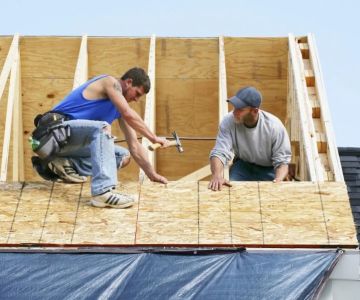
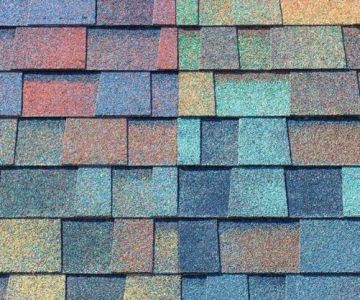
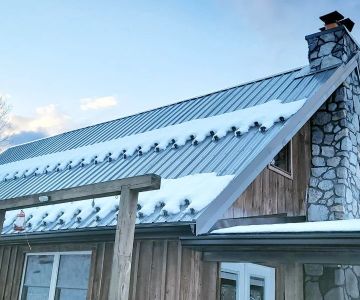

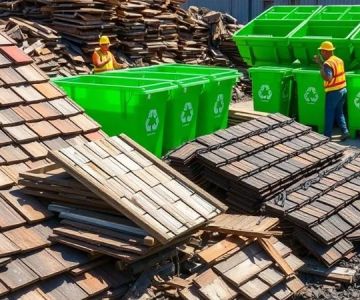
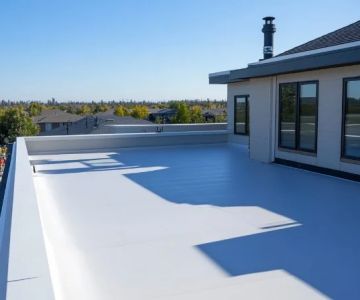
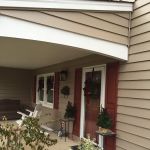 Snap Roofing Siding & Windows4.0 (35 reviews)
Snap Roofing Siding & Windows4.0 (35 reviews)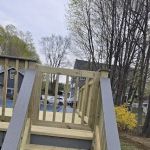 Four J's Contracting & Roofing4.0 (13 reviews)
Four J's Contracting & Roofing4.0 (13 reviews) Iconic Roofing & Exteriors4.0 (125 reviews)
Iconic Roofing & Exteriors4.0 (125 reviews)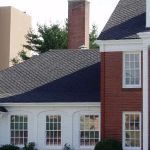 CentiMark Corporation5.0 (1 reviews)
CentiMark Corporation5.0 (1 reviews) All Site Builders4.0 (134 reviews)
All Site Builders4.0 (134 reviews)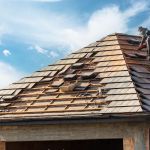 Top Pro Roofing Repair Roseland5.0 (11 reviews)
Top Pro Roofing Repair Roseland5.0 (11 reviews) How Agricultural Chemicals Affect the Lifespan of Your Roof
How Agricultural Chemicals Affect the Lifespan of Your Roof What is TPO Roofing? Benefits and Costs for Commercial and Residential Use
What is TPO Roofing? Benefits and Costs for Commercial and Residential Use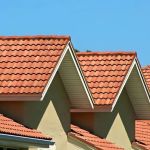 The Lifespan of a Roof in an Area with Frequent Temperature Swings | BeachCo Roofing Hub
The Lifespan of a Roof in an Area with Frequent Temperature Swings | BeachCo Roofing Hub How to Choose the Best Roofing Material for a Shady, Damp Environment
How to Choose the Best Roofing Material for a Shady, Damp Environment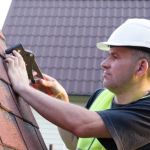 Common Roofing Scams and How to Avoid Them: High-Pressure Sales and Free Inspections
Common Roofing Scams and How to Avoid Them: High-Pressure Sales and Free Inspections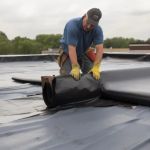 Flat Roof Repair: Identifying Issues and Choosing the Right Method
Flat Roof Repair: Identifying Issues and Choosing the Right Method